A Better Canning Method Than Water Bath Canning? We Think So!
Views: 50
Ditch your water bath canner and try this canning method instead!
Steam canning and water bath canning might seem different, but here’s a surprise, the science behind them is exactly the same. Both methods rely on a temperature of 212°F (100°C) to process food in jars. They’re both approved for preserving high-acid foods only, like fruits, pickles, and jams.
Now, even if your neighbor or Grandma swears by water bath canning for her potatoes, it doesn’t magically change the fact that it’s meant for high-acid foods only. Heck, if Grandma insists on processing her potatoes at 212°F (100°C), you could suggest she saves herself the trouble of lugging around the water bath canner and tries steam canning instead. But honestly, we’d prefer she used a pressure canner.
And guess what? The recipes and time charts for water bath canning also work for steam canning. No need to adjust ingredients or processing times! Shocking, right?
If all of this sounds interesting but you’re still not sure, we’ve got a list of reasons why you might want to say goodbye to your water bath canner and hello to steam canning. Because, let’s face it, you deserve an upgrade!
It’s worth noting, that we conducted all the tests described in this post using our own steam canner and graniteware water bath canner, both of identical processing capacity.
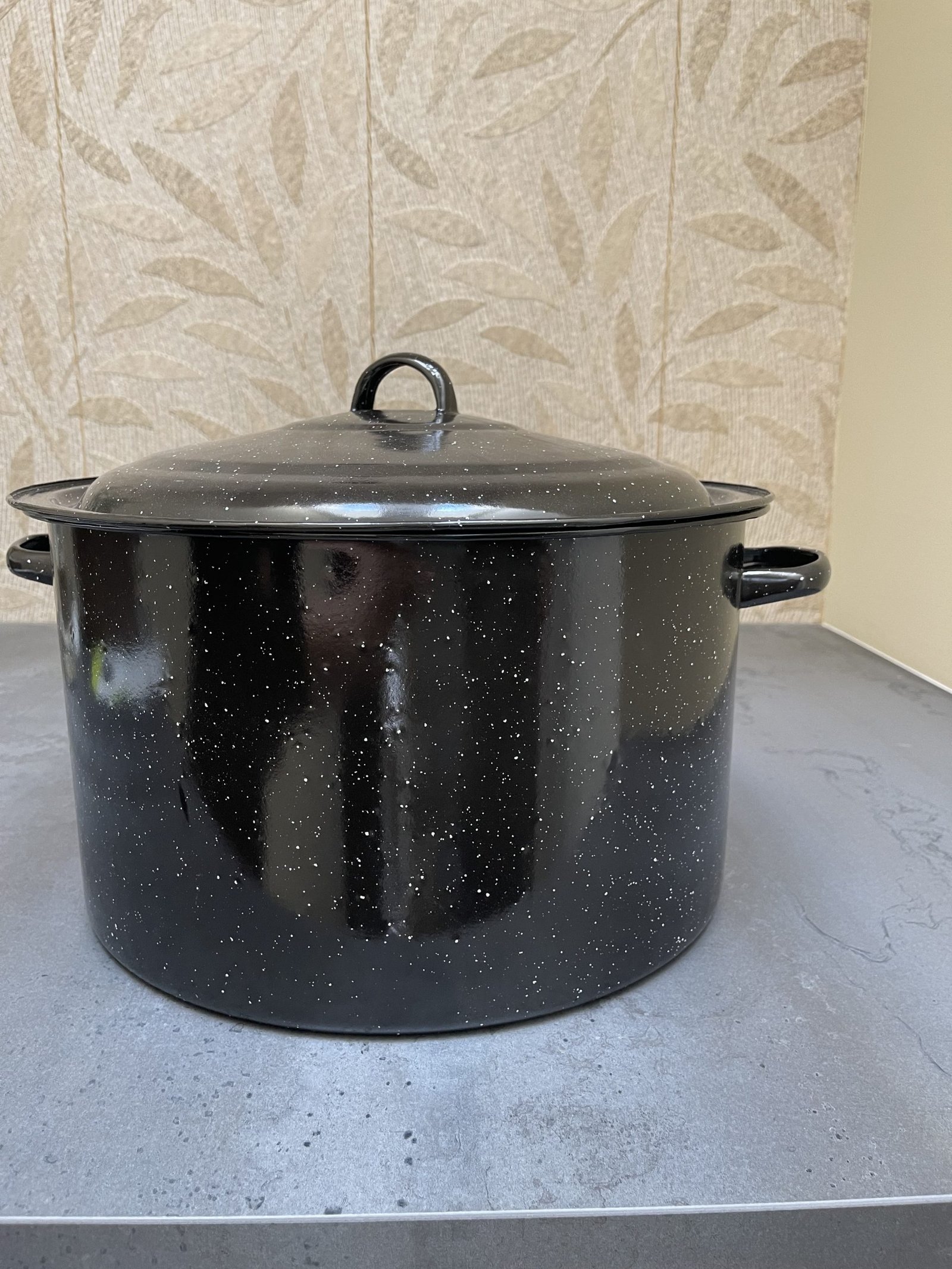


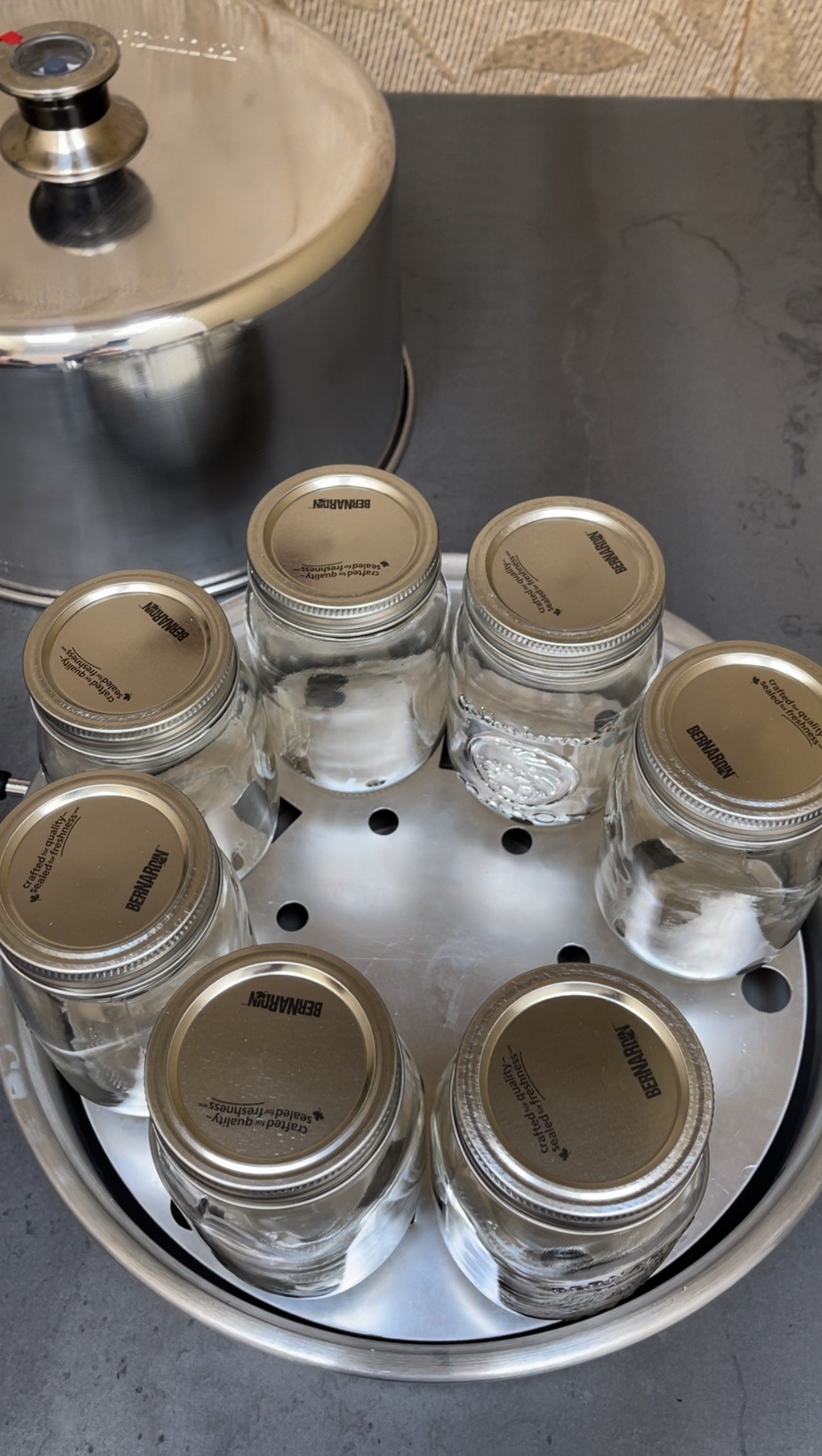

This is how much less water you need to process your preserves:
Water bath canners use a lot of water. And we mean, a LOT! You could fill a sink and give your newborn a bath with all that water just to process those seven Mason jar cans!
Now, let’s talk about steam canners. The most water you might use there is enough to wash your baby’s face, and that’s only if you leave the sink plugged in.
So, what’s the water difference we’re talking about exactly? We compared the water needed to process seven 16 oz. (500 ml) jars in both types of canners:
You need exactly 8 1/2 cups of water (that’s 2 liters for our European readers) to process the jars in a steam canner.
In contrast, you need a whopping 42 1/4 cups of water (that’s 10 liters for our European readers) to process the same jars in a water bath canner.
Quite the difference, isn’t it?
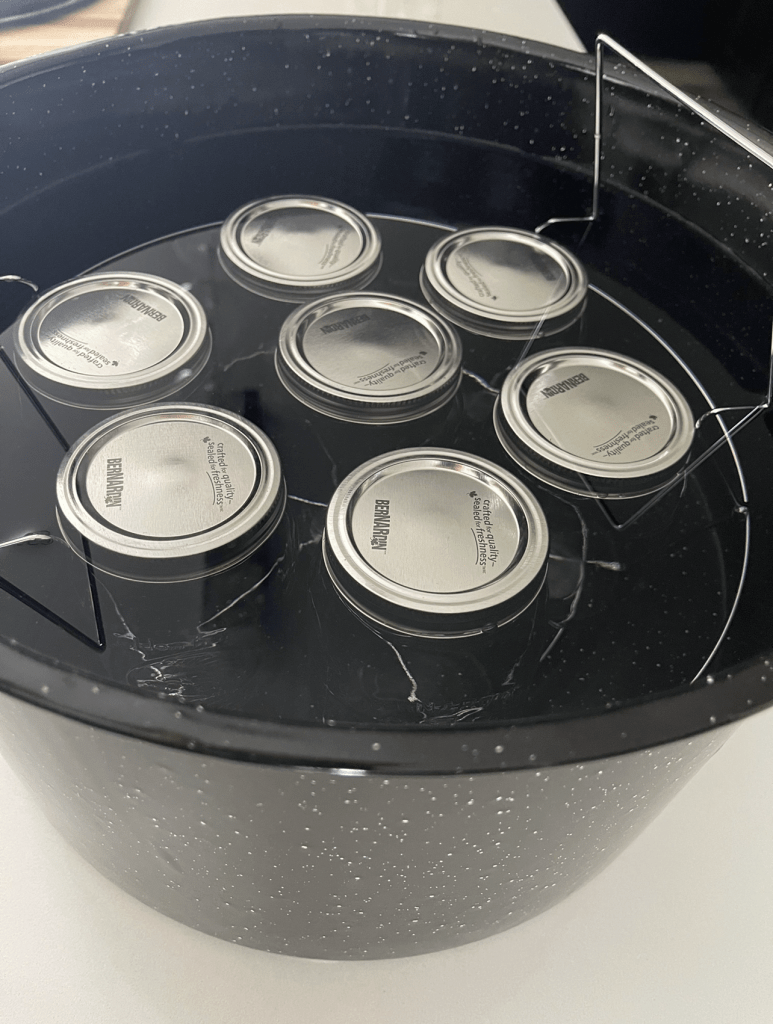
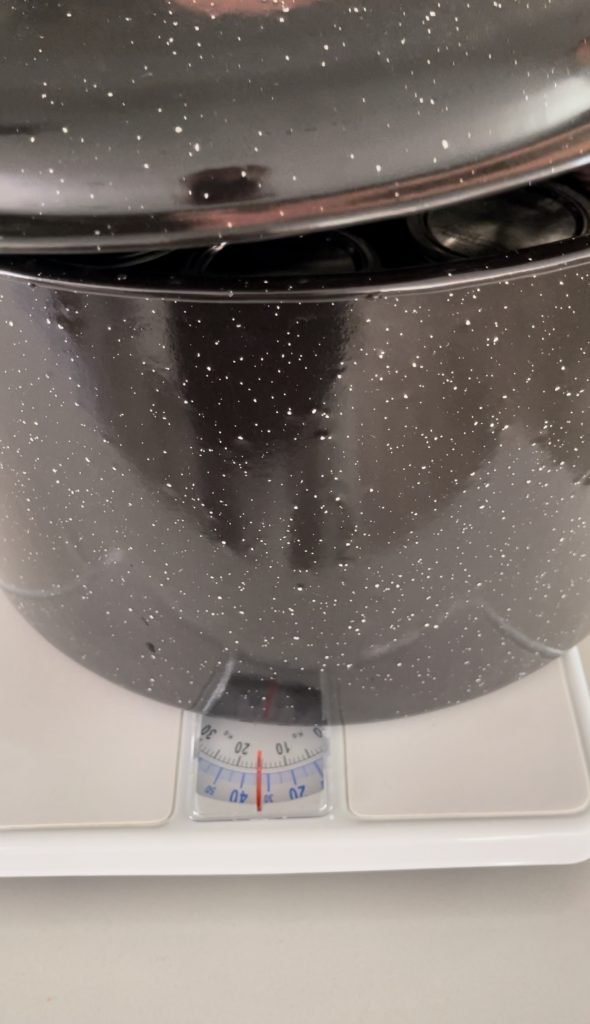
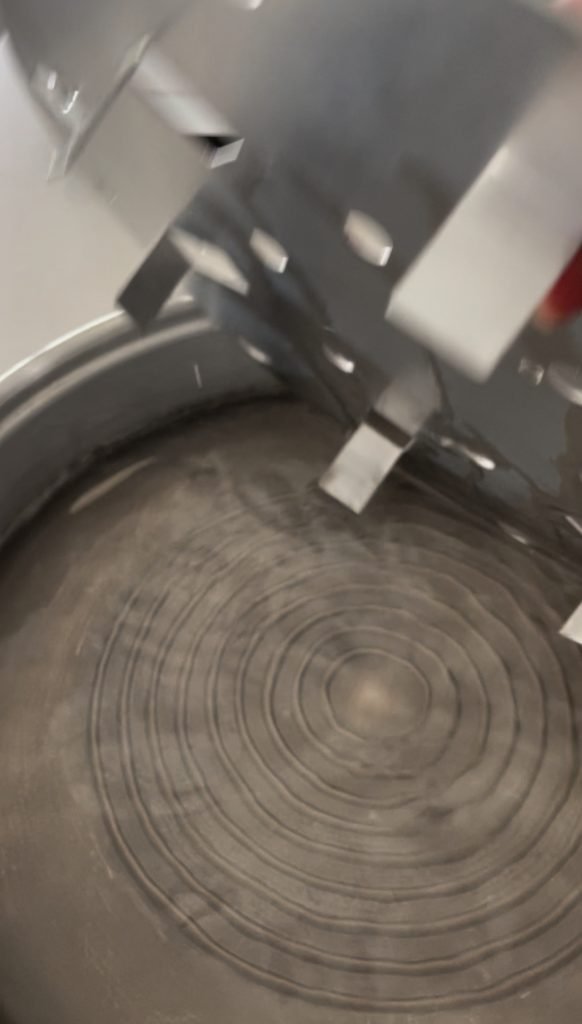
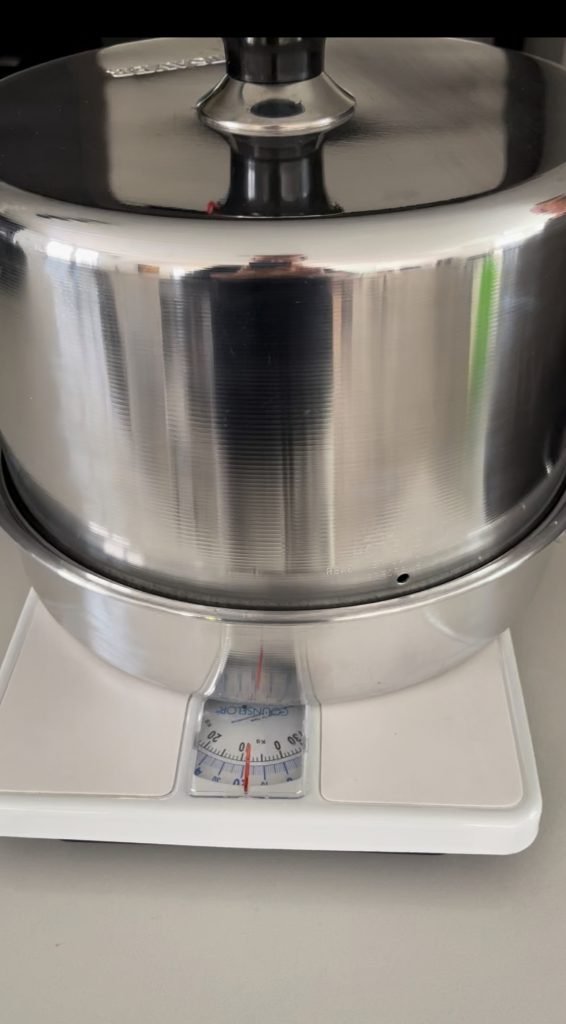

This is how much less a steam canner weighs:
By now, you’re probably wondering how much weight that water bath canner adds with all that water and jars. Well, we’ve got the answer—and then some.
First, we weighed an empty water bath canner (Graniteware) and a typical steam canner. Here’s what we found: an empty water bath canner weighs 4.15 lbs, while a steam canner weighs 3.3 lbs. Not much difference there, right?
Next, we filled fourteen identical jars with the same amount of water, using them in place of the jars with preserves. We put seven of these jars into a steam canner and another seven went inside a water bath canner. Then, we added enough water to each canner to ensure successful processing. For the steam canner, that meant enough water to just reach below its rack. In the water bath canner, you need enough water to cover the jars by 1 to 2 inches.
The results even surprised us. The steam canner with jars and water weighed in at 18 lbs (8 kg). The water bath canner with jars and water? A hefty 35.3 lbs (16 kg). That’s like hauling around two of those steam canners, each filled with 12 jars.
What’s our takeaway? Give your back and your hands a break. Unless you’re training for the Olympics, there’s no need to lug around that heavy water bath canner. Try steam canning instead.

This is how much less time you need to can with a steam canner:
So, exactly how much time does it take to bring a water bath canner, filled with a whopping 46.5 cups of water, to a rolling boil? Brace yourself: a staggering 55 minutes on high heat on a gas stove!
In contrast, it only took us 7 minutes and 10 seconds to heat all the required water to process our jars in a steam canner using the same gas stove set to high. If you’re using an electric stove, just imagine how much electricity you could save by opting for a steam canner instead of your trusty water bath canner.
And let’s not forget, most canning happens during the scorching bounty of summer. Do you really want your stove running for nearly an hour when it’s already a balmy 87°F inside your house?

This is the tool you don’t have to buy:
With a steam canner, there’s no need to go on a “fishing expedition” with a jar lifter to retrieve your submerged jars from the hot water. And guess what? You can skip buying a jar lifter altogether! No more diving for jars into scalding water.
Instead, you can simply use your kitchen trivet or a towel to safely move the hot jars off the canning rack. Why? Because the steam canning rack sits above the water, keeping your preserves high and dry!

These are the common beginner mistakes you can avoid:
Ever heard of novice canners complaining about improperly placing their jars on a water bath canner rack, resulting in jars touching the bottom of the canner? Or the tales of canning enthusiasts whose jam ended up floating in water, all over the water bath canner because they didn’t tighten the lids enough? We’ve come across plenty of those stories.
These issues are a thing of the past when you switch to steam canning. The rack used in steam canners is built in a way that you can’t accidentally have jars touching the bottom of the canner, no matter how hard you try. And if you’re still unsure about tightening the lids just right, here’s a relief: the worst that can happen is jars that don’t seal properly. No more floating jam disasters—simply tighten the bands and process your jars again.
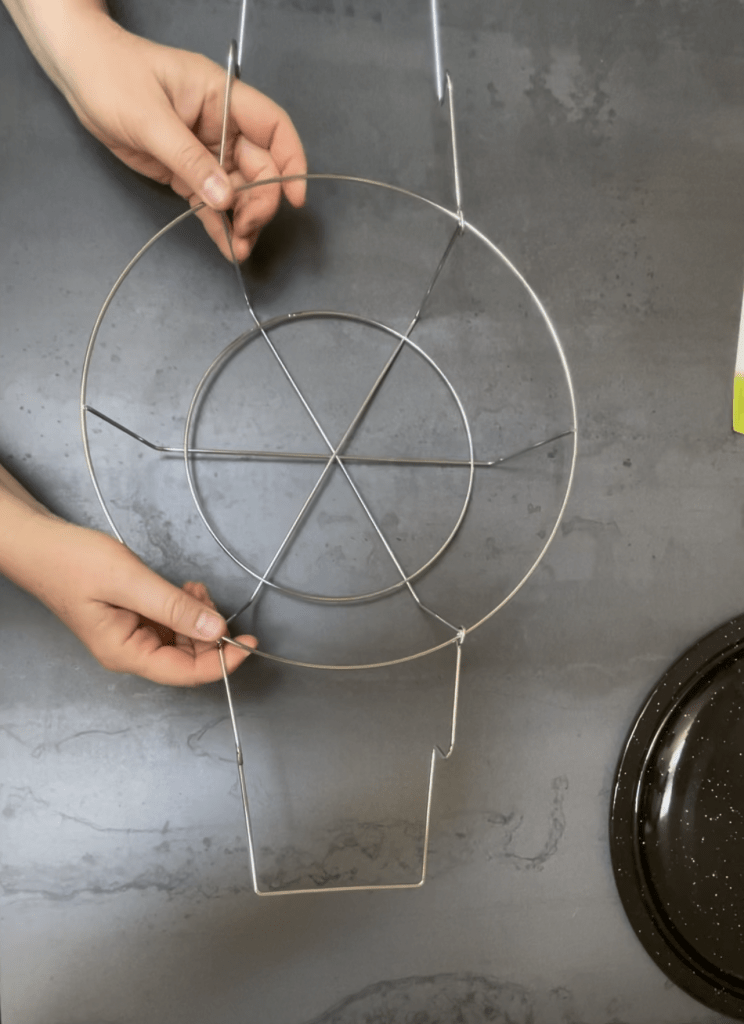
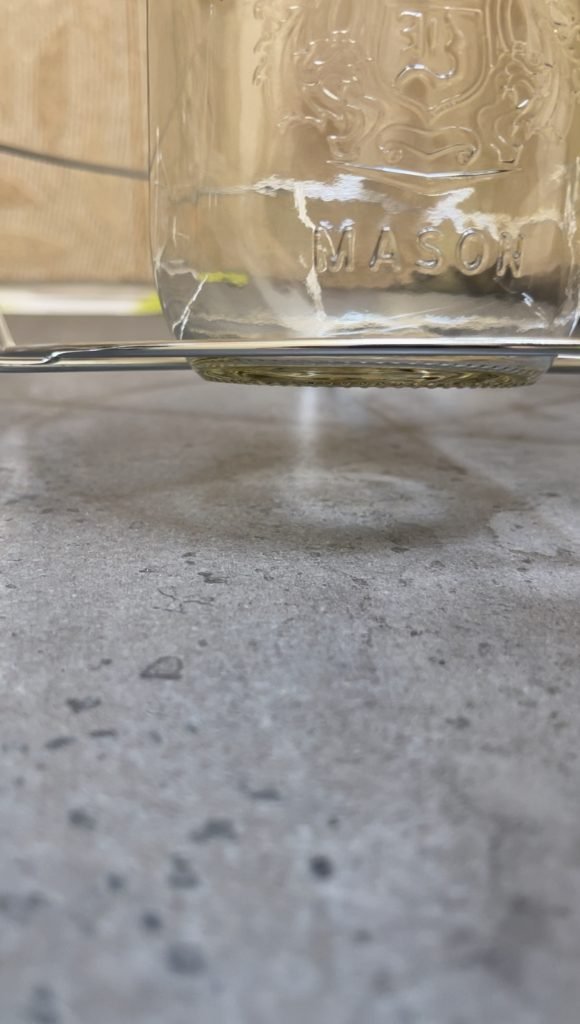

Where can you buy a steam canner and how much does it cost?
For budget-conscious shoppers, the burning question is always about price. How much do steam canners cost compared to traditional water bath canners? The answer is, it depends. If you want to buy a specialized steam canner, such as the one made by VKP brands, and comparing it to an average no-brand-name Granitware water bath canner, expect to pay about $30 more for a VKP brands steam canner. If you have a VKP water bath canner with a built-in indicator and are now interested in a steam canner made by the same manufacturer, expect to pay about $20 less for a steam canner.
Ready to buy? Check out steam canners on Amazon here.
Learn more about steam canning and steam canners available on the market
To help you learn more about steam canning and specialized steam canners we recommend these blog posts:
-
A Better Canning Method Than Water Bath Canning? We Think So!
Looking for a better way to preserve your summer bounty without breaking a sweat or lugging a bathtub-sized water bath canner? We’ll tell you how. It’s more than just temperatures and jar lifter dramas—think saving water (even babies get baths with less!) and saying goodbye to floating jams. Ready to upgrade your canning game?
-
VKP Fruitsaver Steam Canner Review: Helping You To Buy Better
We put the VKP Fruitsaver Steam Canner to the ultimate test in our canning kitchen, and now we’re spilling the beans! Is it a kitchen champion or a canning flop? Is it worth your money? Find all the answers in our unbiased review before parting with your cash!
-
A Beginners Guide To Steam Canning: All You Need To Know About Steam Canning At Home
Steam canning, also known as atmospheric steam canning, is a simple and efficient method for preserving your jam, jellies, pickles and more. Find out how it works and why it’s a great option for home canners. Learn about the types of steam canners available and how to do steam canning with and without specialized pots.
-
How To Assemble And Use Victorio Steam Canner
Want to try steam canning? Thinking about getting the Kitchen Crop steam canner, formerly the Victorio steam canner? Don’t buy just yet—read this first and make sure you’re fully prepared before making your purchase!

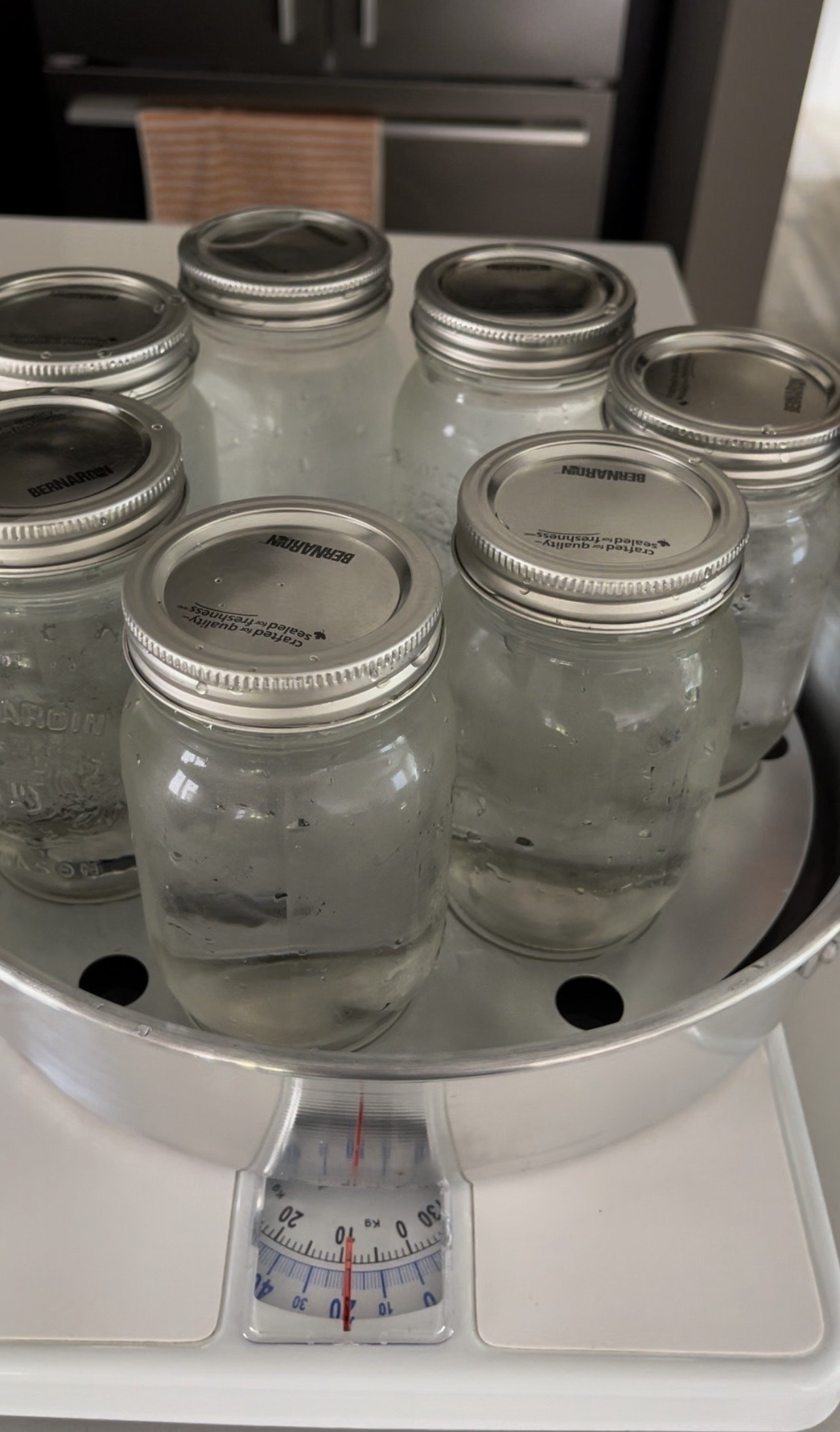
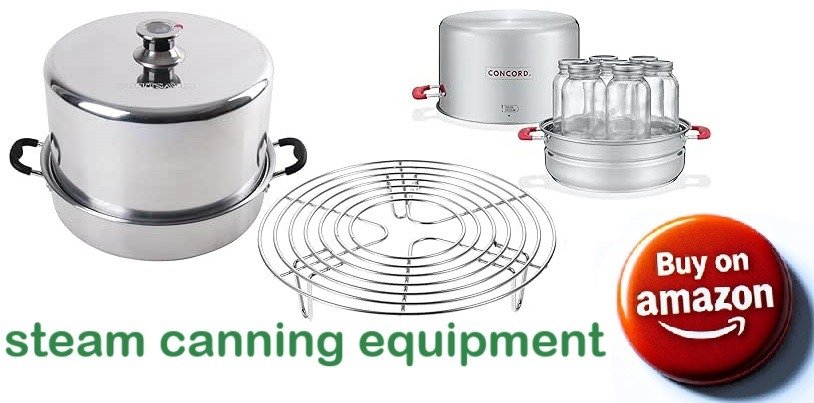
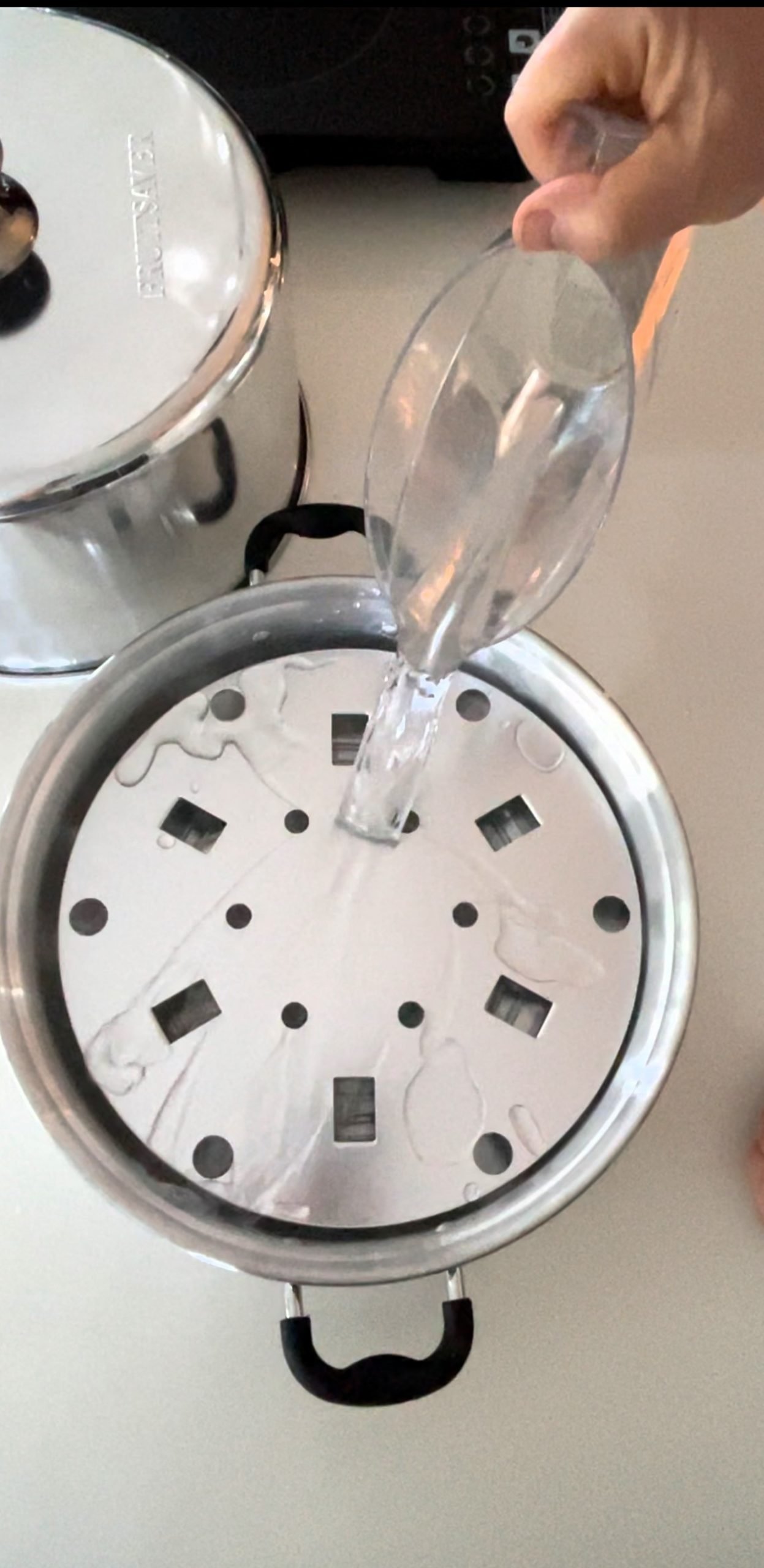
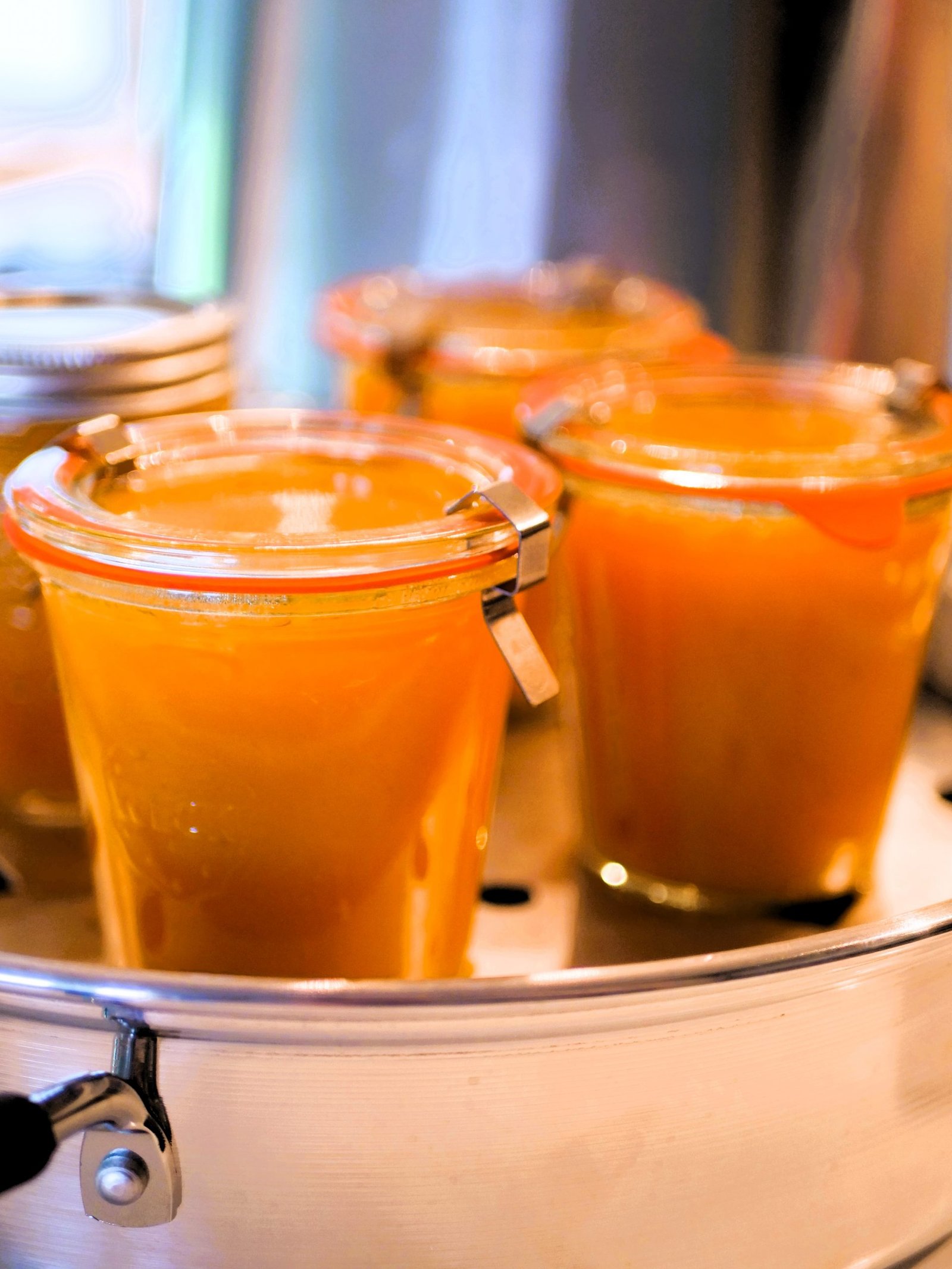
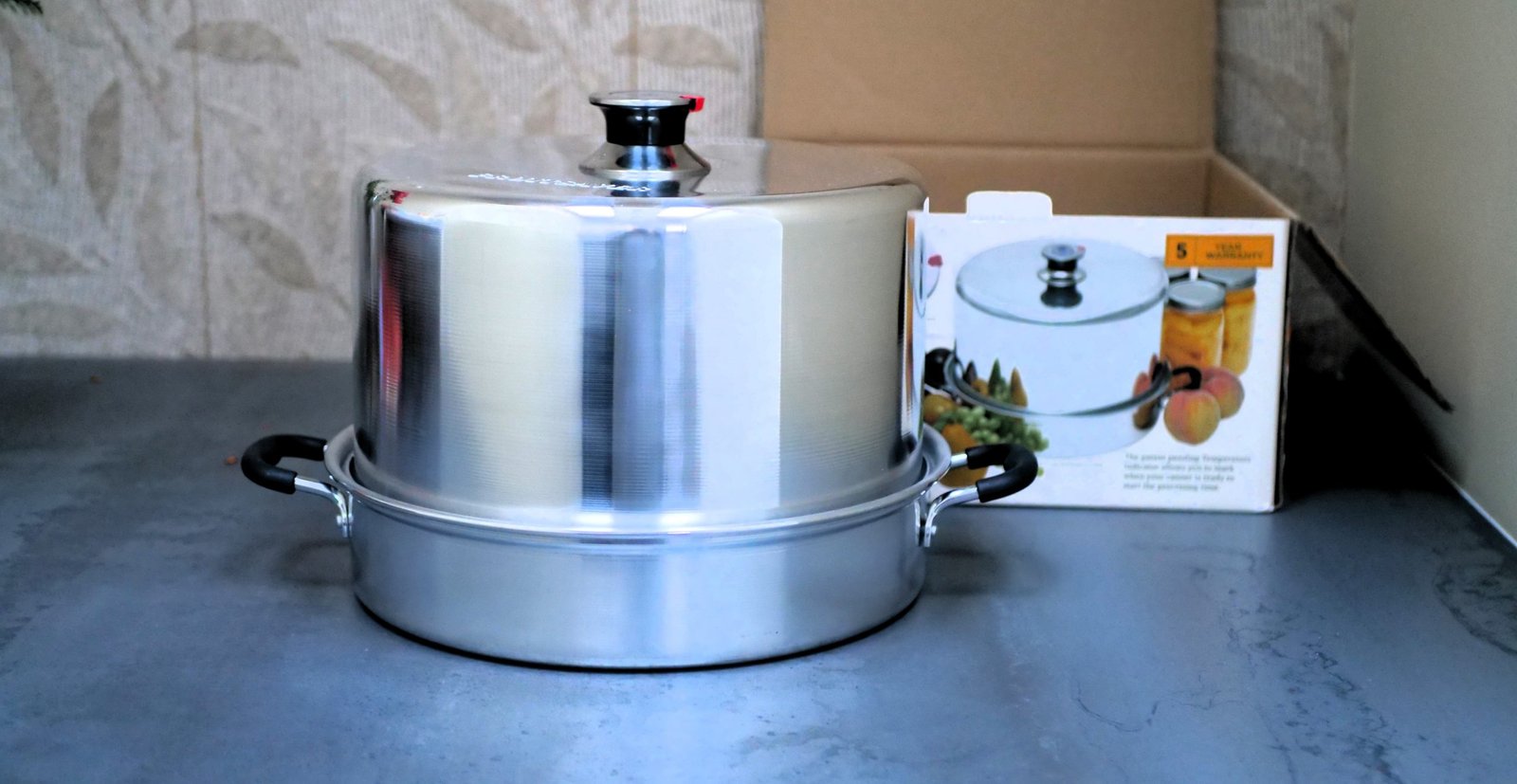

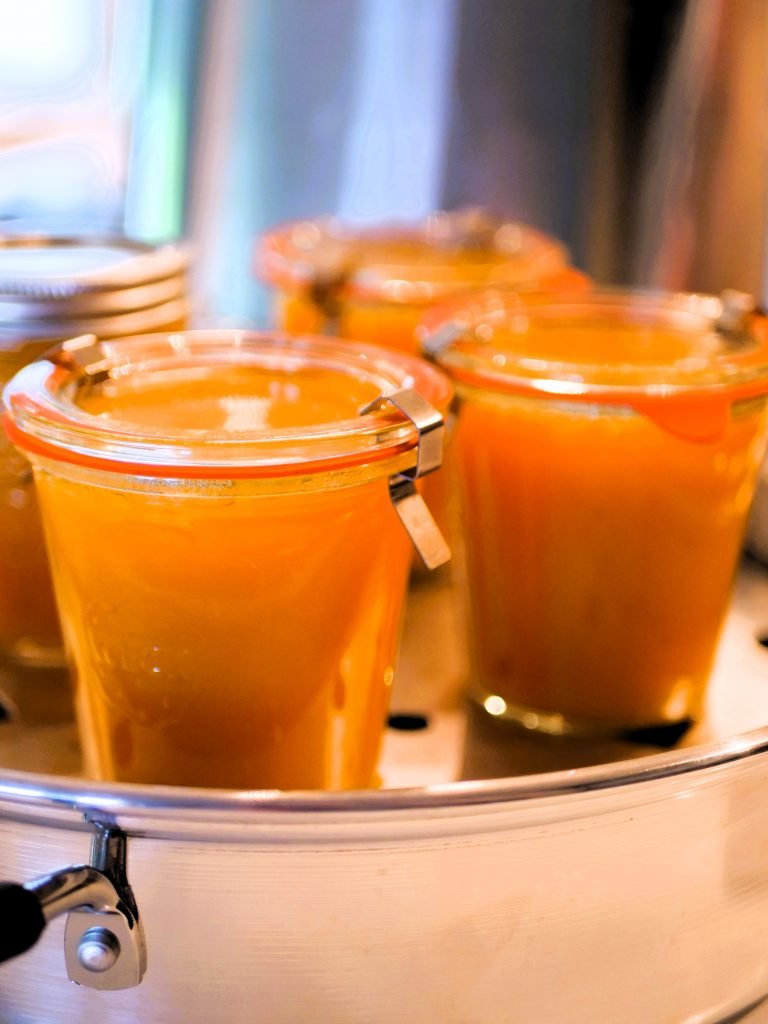

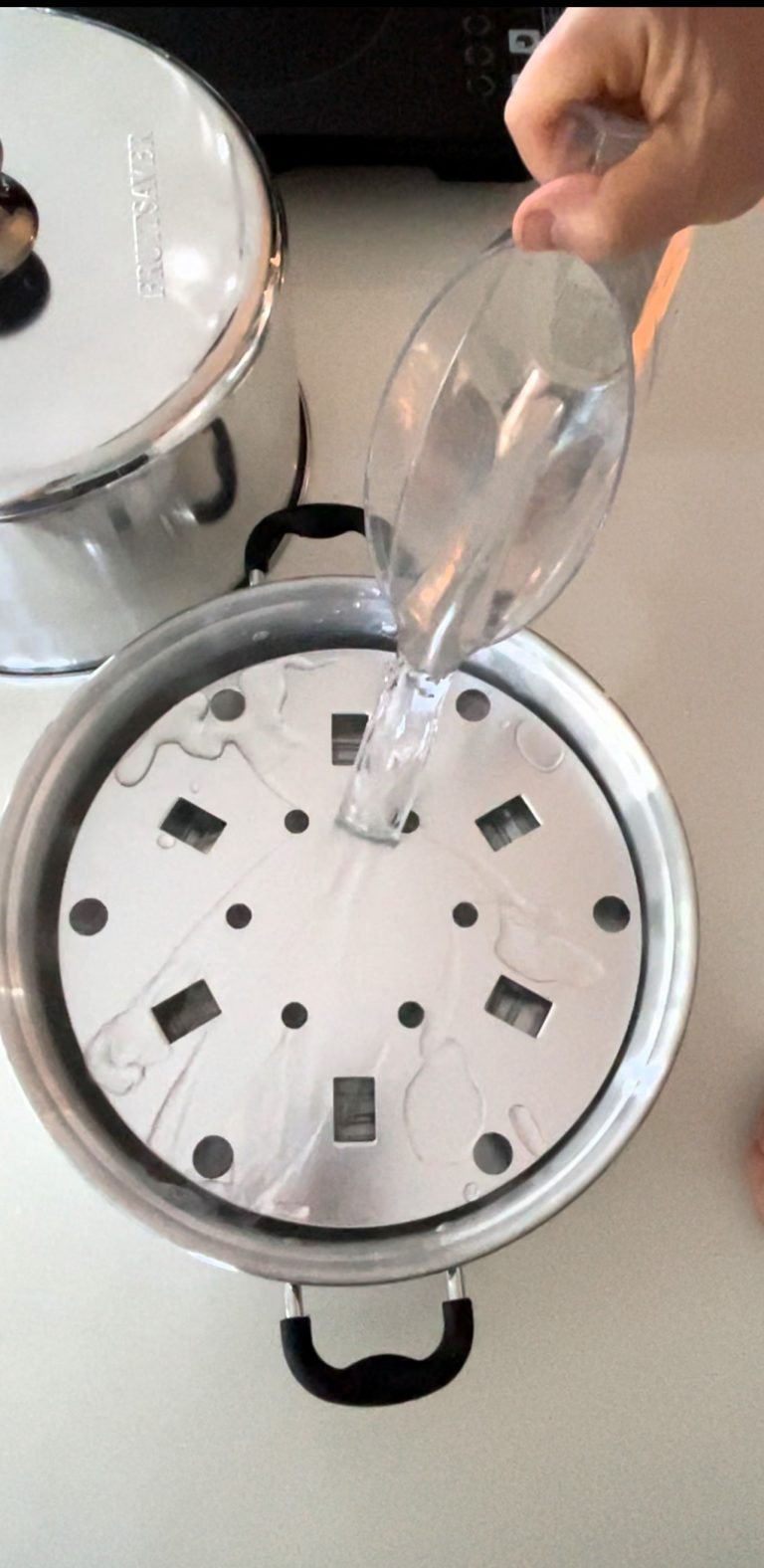
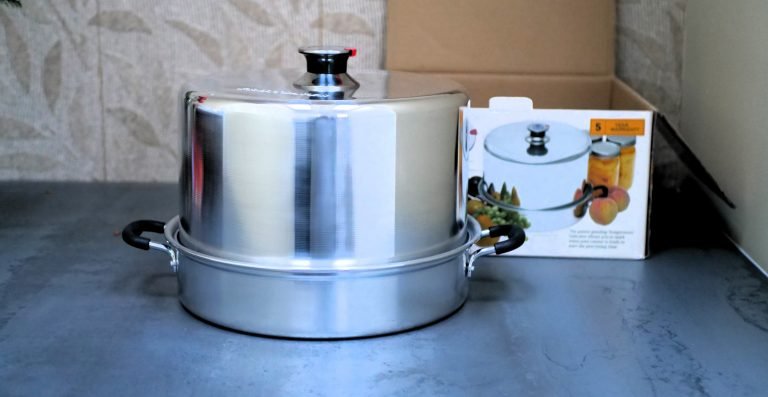
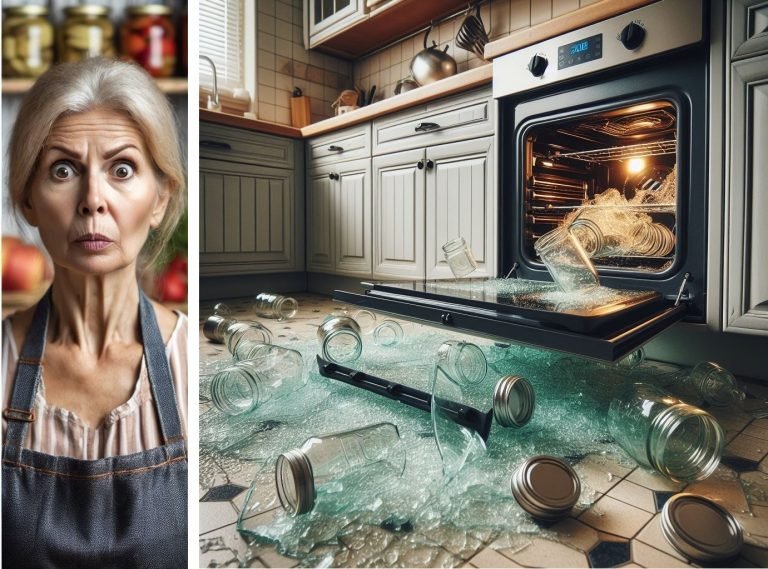

Leave a Reply